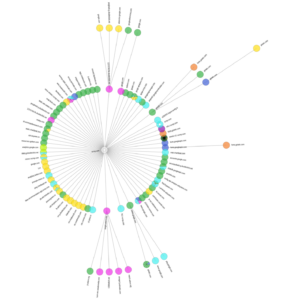
Probing the third-party infrastructure of digital news
Dr. Sivan-Sevilla, Dr. Ciampaglia, and Mr. Poudel study the digital ecosystem of news websites through their third-party structure. A common trait of digital news media outlets is that they rely on display advertisement to generate revenue for their business, which is heavily based on personal data collection and tracking. But this poses challenges to Internet users, who do not always have the tools to trust the news sources they visit will handle their personal data responsibly. This is an especially pressing issue, given that nowadays news outlets vary considerably in terms of their quality and reliability, and this may extend also to the technical infrastructure that these outlets rely upon to serve display ads and other third party assets. This work builds on, and further develops, previous work in the privacy literature that utilized the structure and publicly available attributes related to websites’ third-party requests to test the extent to which the request structure of websites can be used to distinguish between legitimate and fraudulent websites. The goal is to investigate how much the third-party structure of news outlets is indicative of their operations and quality, going beyond existing approaches that solely rely on the inspection of web content. Such a method could be used to complement current systems and help companies, organizations, and online communities better enforce their own content policies.